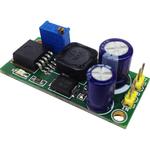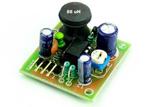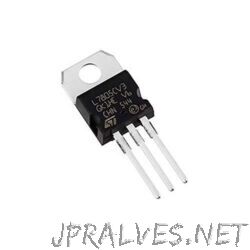Other

“An automated turning detection and display system for bikes. Using this, we won The Conrad Challenge CYBER-TECH& SECURITY Silver Medal In daily life, bicycles are a common means of transportation for people. Since bicycles do not have Turning Lights …

“The circuit diagram presented here is about a negative voltage regulator. It is based on LT1054, which is a switched capacitor voltage converter with regulator from Texas instrument. This device has many advantages over other previously available switched capacitor voltage …

“The board built around LM2575-ADJ from Texas instruments. A 1.0 A output current capability power supply that features an adjustable output voltage, This regulator board delivers 1.0 A into 1.2 V to 35 V output. The …

“The DC/DC inverting switching regulators project is specifically designed to invert input voltages to negative outputs. It offer input voltage ranges from 4.5V to 6V and output -12V 100mA The MC34063A IC is heart of the project from …

